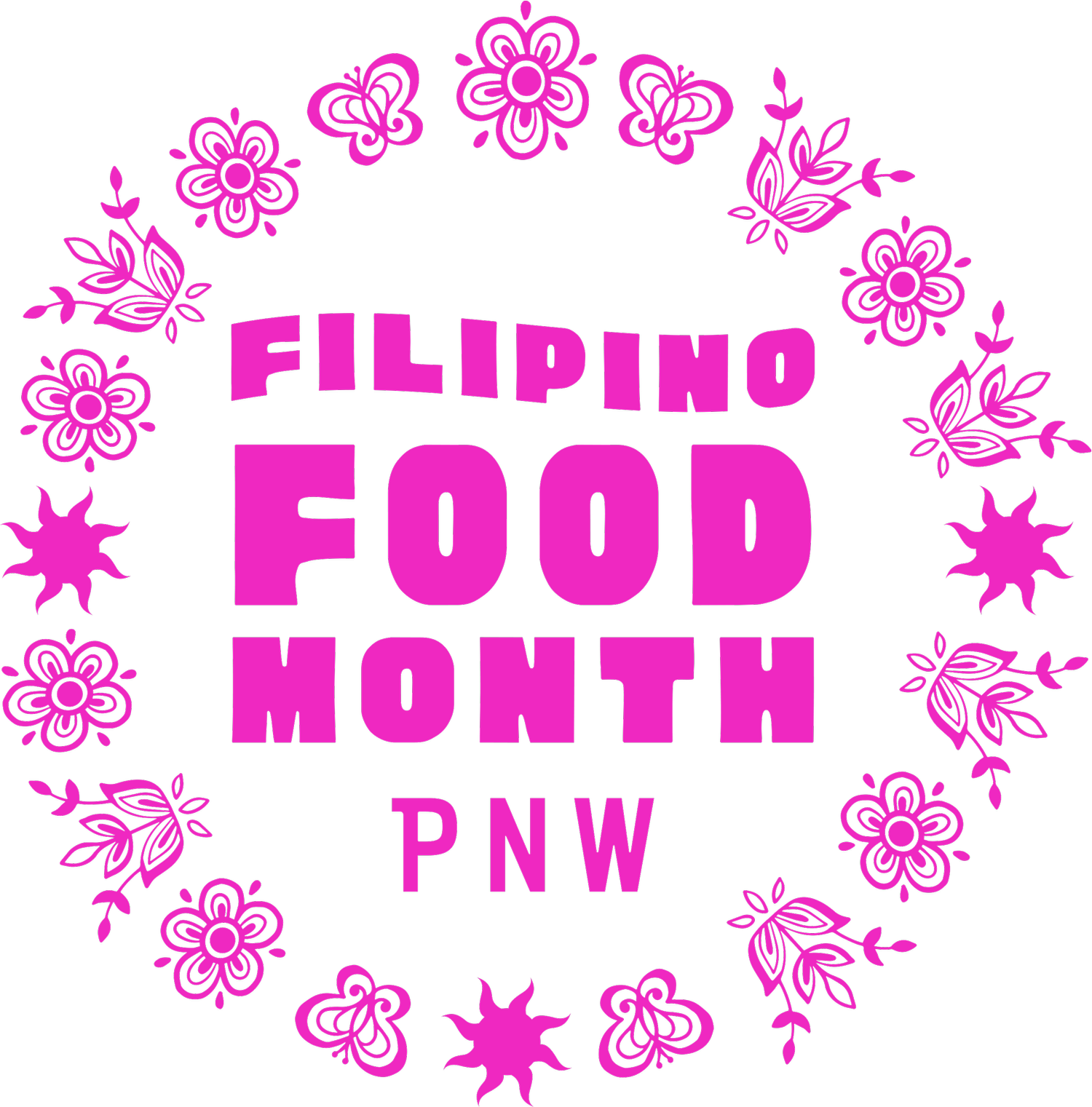45.5152° N, 122.6784° W 45.5299° N, 122.3993° W 45.4869° N, 122.8040° W 45.5152° N, 122.6784° W 45.5299° N, 122.3993° W 45.4869° N, 122.8040° W
45.5152° N, 122.6784° W 45.5299° N, 122.3993° W 45.4869° N, 122.8040° W 45.5152° N, 122.6784° W 45.5299° N, 122.3993° W 45.4869° N, 122.8040° W
April is Filipino Food Month
Established in the Philippines, Filipino Food month is celebrated every April to honor the robust history and diversity of Filipino cuisine. To celebrate, we’re hosting Portland’s first-ever Filipino food tour called “Sobrang Sarap” which means “very delicious” in Tagalog. Led by local Filipinx-owned businesses in Portland, we’re coming together to launch an annual celebration not to miss. April was designated Filipino Food Month to appreciate and preserve Filipino culinary heritage, as well as the farmers and fishermen who make it all possible.
Who 16 Filipino food businesses and organizations
What Try out Filipino food specials at participating locations and celebrate the culture with us
When All month long in April
Where Portland metro area, Beaverton, Gresham, Troutdale
Why To celebrate and learn more about Filipino cuisines and culture
Find a participating location
What to expect at every location? Food specials, educational program or meal kits!
Ingredient challenge
Each week, every food or beverage business will run a special that highlights or pairs well with these ingredients. Each ingredient is iconic to filipino cuisine and has personal and historical ties to each business or organization. Please refer to each establishment’s social media/website to see availability and details for their dish. View all participating locations.
-
A purple yam, originating from the Philippines. “Ube” is a tagalog word for “tuber.” It’s most commonly used in Filipino desserts. The flavor has more notes of vanilla and is complementary to coconut.
-
Originating from the Spanish word “adobar” (which means to marinade or to sauce), adobo is a dish and popular cooking process in the Philippines. The process of cooking adobo is an indigenous process of simmering meats in vinegar and salt. The vinegar helps to preserve the dish in tropical climates. The term adobo stuck when Spanish colonizers applied the term to any dish that was marinated. Even though the Spanish coined the term, the adobo dish is an original, indigenous Filipino dish.
-
A Filipino citrus native to the Philippines and a hybrid of kumquat and possibly the mandarin orange. It’s usually used to season or marinate dishes but have also become a star ingredient for desserts or baked goods.
-
A Filipino noodle dish with origins from Chinese immigrants. The term “pancit” is a Philippine Hokkien term for noodles. There are a wide variety of pancit dishes, not just the popular sauteed noodles. Pancit can be a soup or even sauced.




















